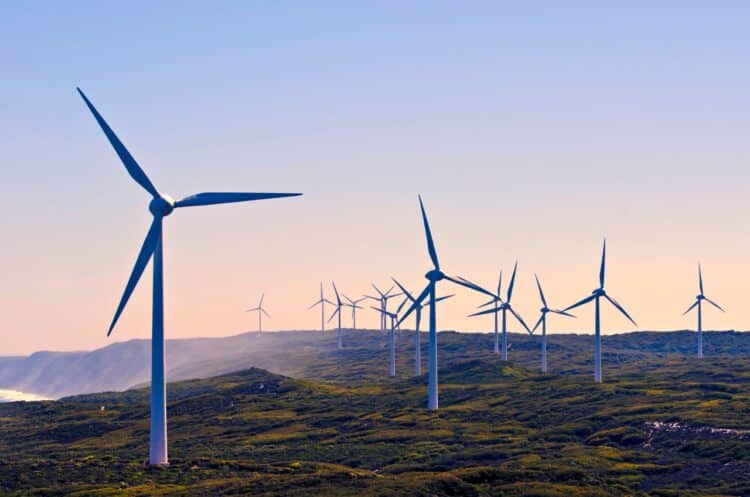The Western Australian Government has announced the latest round of its Clean Energy Future Fund (CEFF), earmarking over $16 million for seven new clean energy initiatives, including two projects spearheaded by First Nations communities.
The CEFF was established by the State Government to encourage the development of innovative clean energy technologies, which form a vital part of the state’s strategy aimed at decreasing greenhouse gas emissions and boosting job creation.
Supported Clean Energy Initiatives
The latest funding round supports a variety of pioneering clean energy projects, such as hydrogen production, battery storage solutions, a pilot programme to transition diesel mining vehicles to electric power, and the creation of all-electric retirement communities.
The Western Australian Government predicts that these selected projects will collectively reduce greenhouse gas emissions by approximately 175,000 tonnes annually, which is comparable to removing over 56,000 cars from the roads.
Over the entire lifespan of these seven projects, emissions are anticipated to decrease by around 3.7 million tonnes.
First Nations Projects and Funding Overview
From the total $16 million allocated, $5.5 million will specifically support two clean energy projects led by First Nations peoples, aimed at providing economic advantages to local communities.
These projects include a solar and battery initiative driven by traditional owners on Banjima land in the Pilbara and a solar endeavour on Jinparinya land located near Port Hedland.
This latest funding round is a continuation of the successful past two rounds that backed the establishment of eight clean energy projects. Of these, three have already been completed, which encompassed a pilot for mobile solar panels, an agricultural microgrid, and enhancements to solar farm and battery storage systems.
About the Clean Energy Future Fund
With an overall allocation of $37 million, the CEFF was created by the Western Australian Government to foster groundbreaking projects that yield both environmental and economic returns for the region.
The fund is overseen by the Department of Water and Environmental Regulation, with assistance from Energy Policy WA within the Department of Energy, Mines, Industry Regulation and Safety.
